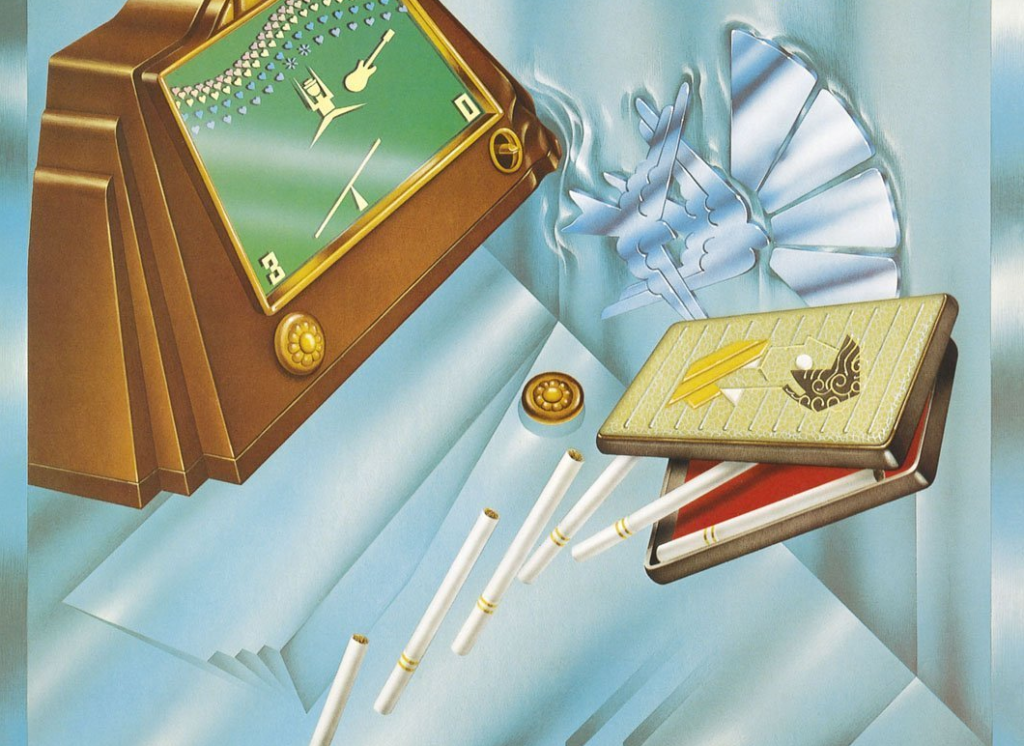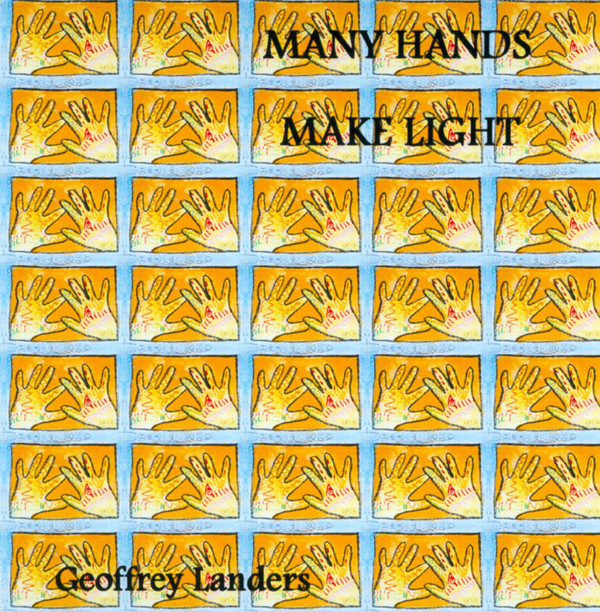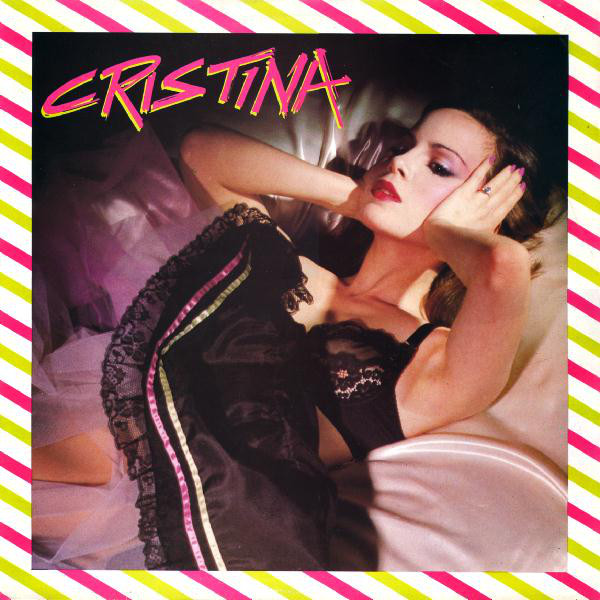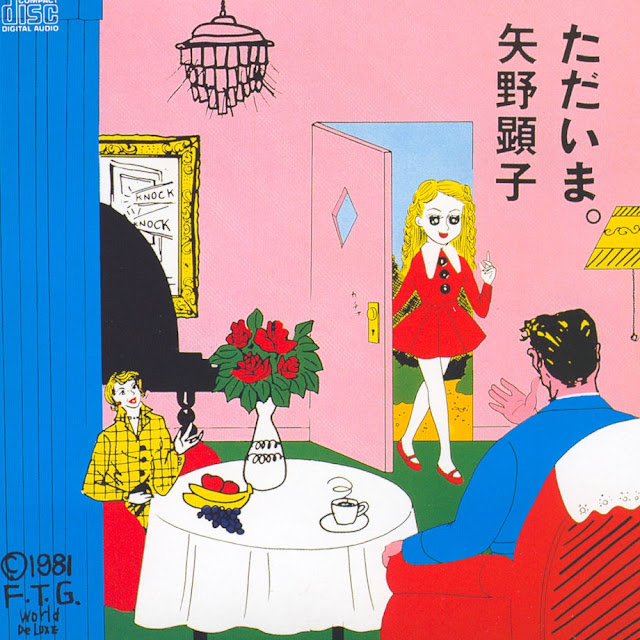
I’m very, very excited to share a two hour mix I made of Haruomi Hosono‘s work, which was a contribution to NTS Radio’s Hosono Day last weekend (here’s to hoping it becomes an annual tradition). As you might imagine, this was simultaneously a joy and a total nightmare to make, as Hosono has contributed to over 900 releases and has refused to be hampered by genre–so rather than trying to pick one vicinity and stay there, I instead tried to find a through-line between my Hosono favorites all over the map. Happily, this selection also gives proper airtime to his fascination with Indian instrumentation–Bollywood, Indian classical, folk, and everywhere in between. At the risk of sounding sentimental, I found myself moved to tears more than once while working on this, as it’s astounding to be confronted by the weight of his genius and innovation while sifting through his archives.
And–there’s more! The lineup of contributors to Hosono Day include some of my favorite artists, labels, and curators, so it was a real thrill to be included among them and to hear so many different expressions of Hosono–I would encourage you to listen to all of it. Happy listening, and a belated happy Hosono Day! You can download an mp3 version of it here.
Tracklist:
1. Haruomi Hosono – Hum Ghar Sajan
2. Haruomi Hosono – The Animal’s Opinion
3. Yellow Magic Orchestra – Seoul Music
4. Haruomi Hosono – Luminescent/Hotaru (edit)
5. Susan – Ah! Soka
6. F.O.E. – Total Eclipse
7. Haruomi Hosono – Laugh-Gas (edit)
8. Love, Peace & Trance – Hush – A Mandala Ni Påli
9. Haruomi Hosono – 若紫
10. Haruomi Hosono – Muji Original Background Music
11. Haruomi Hosono – Air-Condition
12. Haruomi Hosono – Sunnyside Of The Water
13. Interior – Luft
14. Inoyama Land – Wässer
15. World Standard – Pasio (edit)
16. Haruomi Hosono, Shigeru Suzuki & Tatsuro Yamashita – スラック·キー·ルンバ (Slack Key Rhumba)
17. Akiko Yano – Tong Poo
18. Tatsuro Yamashita – Rainy Walk
19. Yukihiro Takahashi – Sea Change
20. Mickey Curtis – Tengoku No Yoru
21. Chiemi Manabe – ねらわれた少女
22. Dark Ducks – Dandy Dandy
23. H.I.S. – Nihon No Hito (Japanese People)
24. Hiroshi Sato – Jo-Do
25. Harry Hosono & The Yellow Magic Band – Worry Beads
26. Pizzicato V – The 59th Street Bridge Song (Feelin’ Groovy)
27. Haruomi Hosono – Sports Men
28. Sandii – Zoot Kook
29. Hiroko Yakushimaru – 透明なチューリップ (Transparent Tulip)



























